
TENERIFE

First adopted as maritime registry flag of the maritime province of the Canary Islands. Adopted as flag of Tenerife by Order 9-5-1989, B.O.C. 22-5-1989.
MUNICIPALITIES

Flag used by the Town Council, not officially approved

According to personal observation.
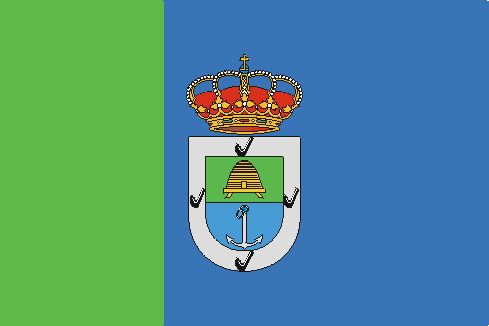
Orden 4-10-2005. BOC 13-10-2005.

Orden 17-7-1998, B.O.C.19-8-1998
Red appears in the coat-of-arms and represents the many volcanic cones; green is the colour of the almacigo, a local tree, and it also recalls the importance of the agricultural production; blue represents the sea and the wide coast platform.
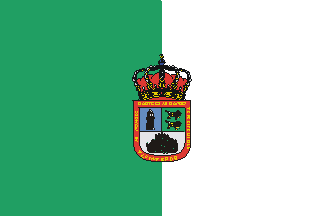
Information provided by Guillermo Acevedo


Orden 29-7-1999, B.O.C.13-8-1999
Green is the heraldic colour attributed to Hope, that is specifically mentioned as a part of an event that took place in the municipality, and gives it its name (La Esperanza, i.e. The Hope, is the name of the original settlement). White is the heraldic symbol of splendour, purity and liberty, and stands for the white landscape of the flowery alomond-trees and snows of Mount Teide, that often reach to the highest areas of the municipality.

Orden 22-2-2000, B.O.C. 3-3-2000
White refers to the snow in the municipality's mountains; green express its rich agricultural activity, mainly grain and vineyard; and blue stands for its maritime character and the urban development of its coast.
No flag yet

Orden 17-7-1998, B.O.C. 21-8-1998
The red stripe recalls the eruptions that began on 5 january 1705, giving origin to the volcanoes of Montaña Negra (Black Mountain). The blue stripe is in memory of the springing up of the mountain waters, origin of the communities of Chifira and Gambueza, and the progress of agriculture in the municipality.

Orden 15-10-1998, B.O.C. 11-11-1998
Black symbolizes the big rivers of lava of the eruption that in 1706 destroyed nearly the whole town and blocked up its sea port, until that moment the island's main habour.White is hown in two of the quarters of the coat-of-arms, and symbolizes the whiteness of the houses and the water, a resource abundant in the municipality. Turquoise blue stands for the importance of the sea port and is the main colour in one of the quarters of the coat-of-arms.

Banner (Orden 15-3-1994, B.O.C. 27-4-1994)

Orden 3-1-1997, B.O.C. 26-2-1997

Orden 27-10-2000, B.O.C. 3-11-2000
Yellow appears in the coat-of-arms, in the eight golden stars of the bordure; it also stands for the sun, characteristic element of this southern municipality. White also appears in the coat-of-arms, with the silver arm, and makes reference to the mountains that often are covered by snow in winter. Green represents the mount and the tree of the arms, two geographical and bothanical characteristics of the municipality. Blue, present in the bordure, makes reference to its coastal condition.
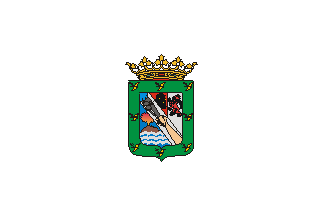
Banner adopted in the sixties, that is brought in procession every 29 june, feast of Saint Peter, the town's patron saint. Information provided by Fernando Medín Campos Torres.
Here an explanation of the coat-of arms (in Spanish)
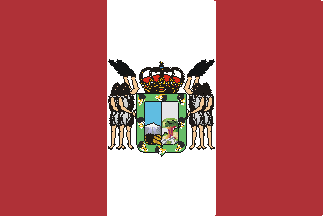
Orden 22-4-2002, B.O.C. 27-5-2002
Designed by Pascual González Regalado. The dark red stands for the sap of the drago tree, the municipality's emblematic tree, while the white symbolizes the snow of Mount Teide.

Orden 3-12-1991, B.O.C. 15-1-1992

Banner (Orden 3-12-1991, B.O.C.15-1-1992)
In both, white stands for the spring that, according to the legend, gave name to the municipality, as well as for its rich water resources. Green refers to the kitchen gardens and fields surrounding the town and to the pinewood stretching at Mount Teide's foot.


Orden 30-11-1987, B.O.C. 14-12-1987


Orden 12-8-2005, B.O.C. 19-8-2005

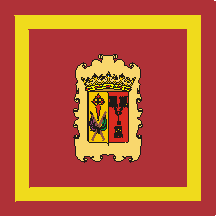
Banner

Orden 28-3-2003, B.O.C. 10-4-2003
The red stands for Our Lady of the Light, patron saint of the municipality, who appears in the first quarter of the coat-of-arms. The white reflects the second quarter, silver, and is also linked to the House of Bourbon. The yellow makes reference to the color of wheat, since the municipality's name derives from the wheat underground stores.

Flag used previously
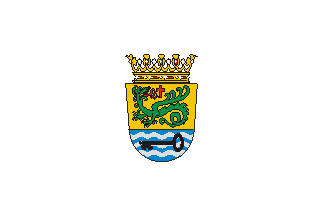
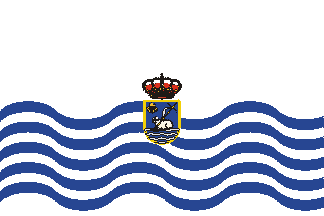
Orden 10-2-1993, B.O.C. 19-3-1993
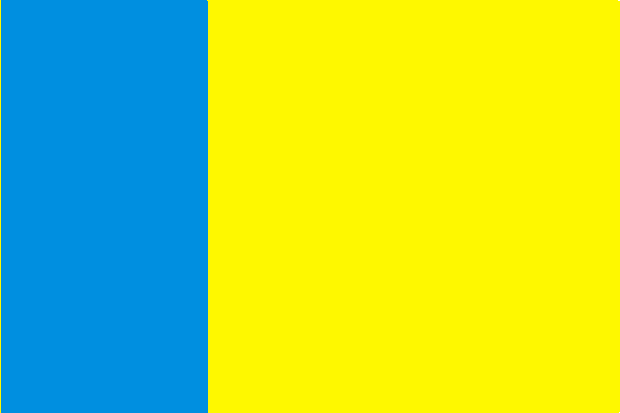
Orden 23-2-1998, B.O.C. 4-13-1998

Banner (Orden 22-9-1997, B.O.C. 24-10-1997)
SANTA CRUZ DE TENERIFE (capital)

Granted by King Charles IV in 1803.

In a flag book published in 1859, work of Le Gras, is included a "flag of the pilots of Tenerife", that logically should correspond to those of Santa Cruz harbour. Steenbergen, in his book published in 1866, also includes it, though with the anchor in black and put horizontally.


Orden 31-2-1991, B.O.C. 13-1-1992
The nine triangles (nine "Mount Teide") represent the municipality's nine villages

Banner (Orden 31-2-1991, B.O.C. 13-1-1992

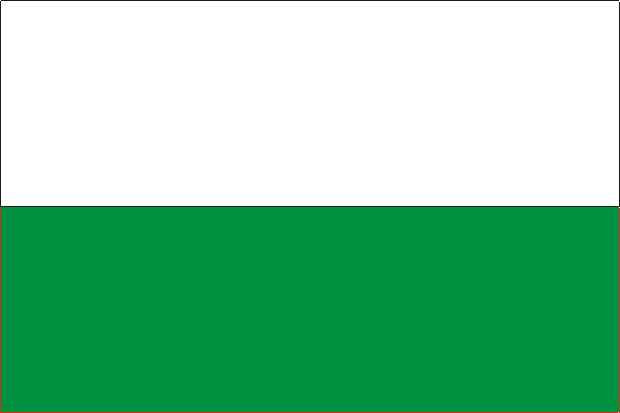
Orden 6-3-1995, B.O.C. 5-4-1995

Orden 17-5-1993, B.O.C. 16-6-1993